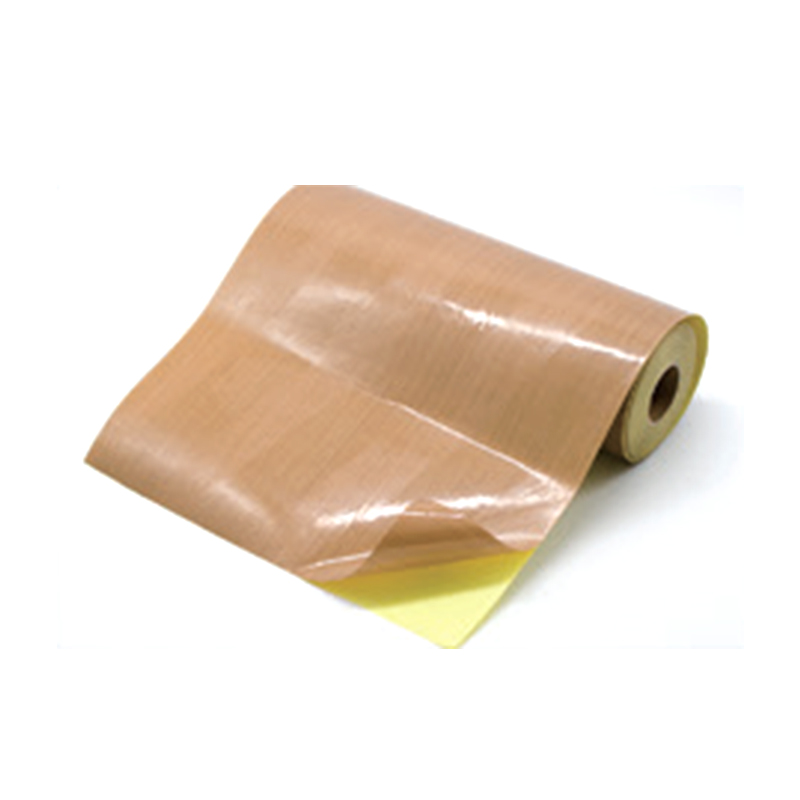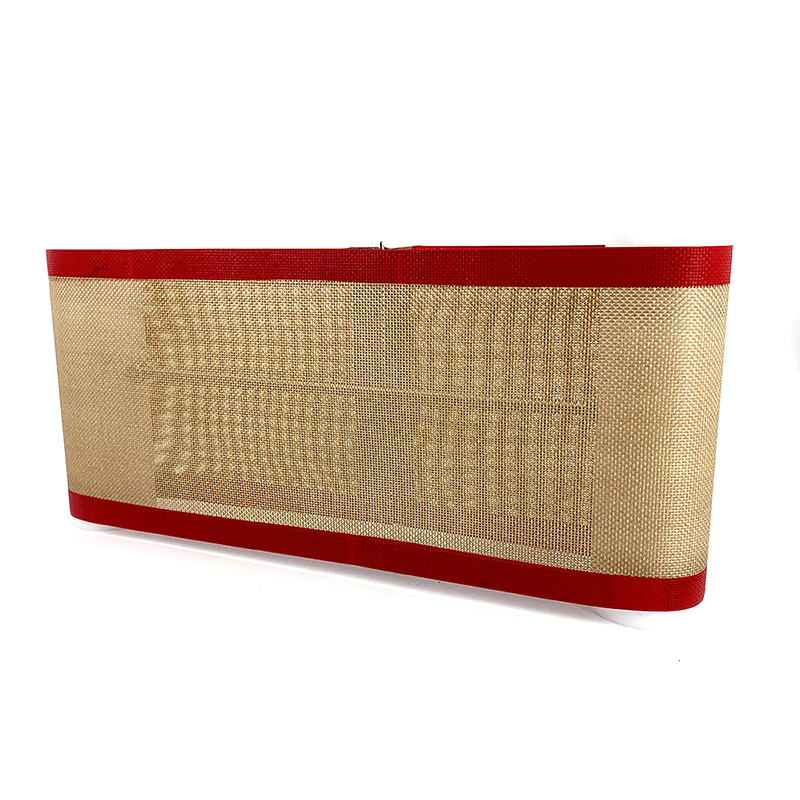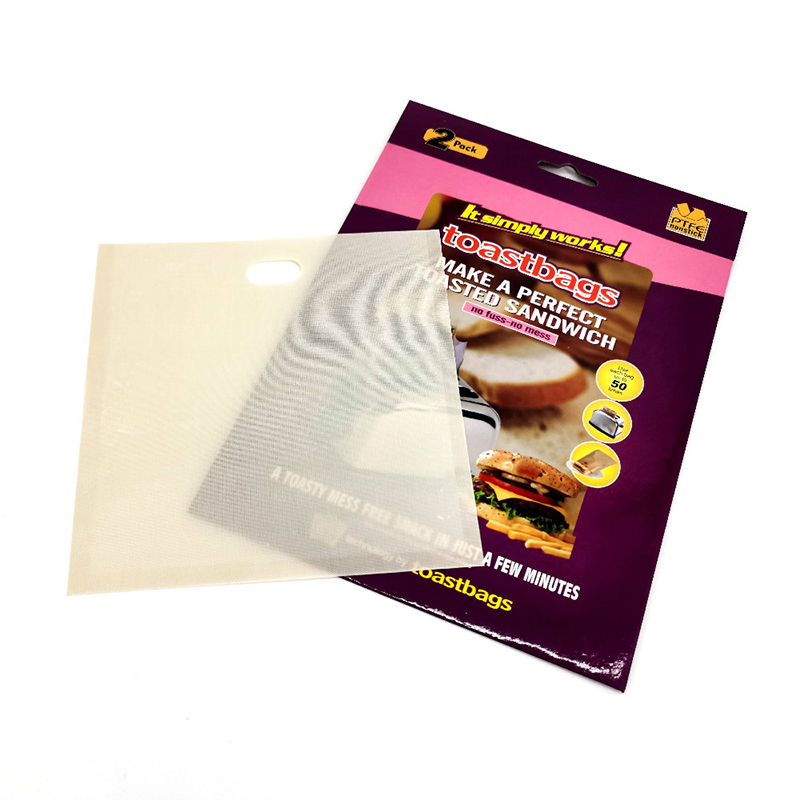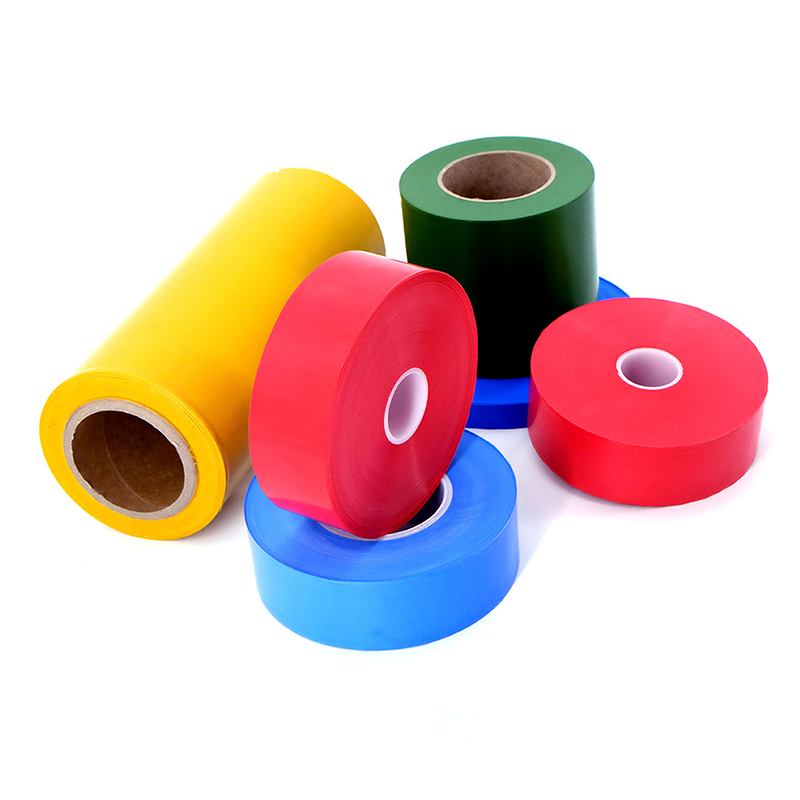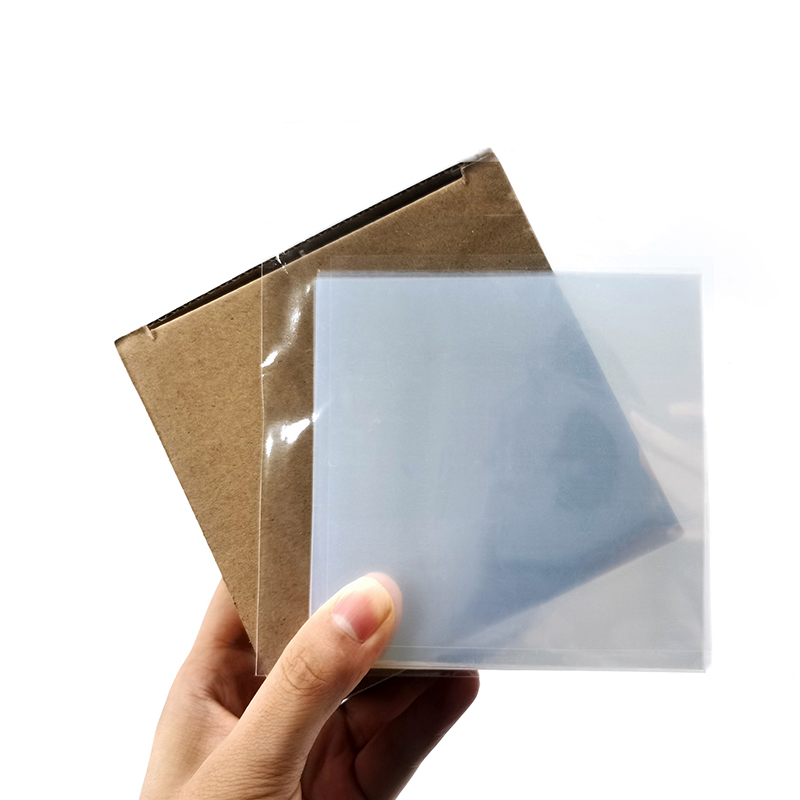Why can PTFE conveyor belt effectively extend the service life of industrial equipment?
I. Reducing Friction to Minimize Wear and Extend Service Life
1.1 Ultra-Low Friction Coefficient Reduces Component Stress
PTFE conveyor belts are engineered with an exceptionally low coefficient of friction, which significantly reduces the mechanical resistance encountered during operation. This minimizes the physical stress imposed on interacting machine components, especially in high-speed or continuous motion systems where friction-related fatigue is common.
1.2 Avoiding Secondary Failures from Overheating and Lubrication Breakdown
Traditional belts generate considerable heat through constant contact and friction, often leading to localized overheating, lubricant degradation, and premature wear of critical parts. In contrast, PTFE belts operate at lower thermal loads, preserving lubrication integrity and preventing thermal stress-induced failures.
1.3 Creating a Gentle Operating Environment for Extended Equipment Lifespan
By reducing the micro-abrasions and wear that accumulate over time, PTFE conveyor belts help maintain the mechanical integrity of rotating and sliding parts. This leads to a substantial increase in the operating life of motors, bearings, and transmission components—crucial for plants relying on continuous operation.
II. Lower Maintenance Burden Drives Operational Efficiency
2.1 Extending Maintenance Intervals and Reducing Downtime
Because PTFE belts inflict less wear on mechanical parts, maintenance intervals can be safely extended. This reduces the need for frequent inspections, component replacements, and unplanned halts, ensuring smoother long-term operation and minimizing disruptions to production schedules.
2.2 Significant Cost Savings on Repairs and Consumables
Frequent shutdowns not only consume valuable production time but also inflate maintenance costs through labor, parts, and lost output. By using PTFE belts, companies can reduce the overall maintenance workload, translating into measurable savings on both direct and indirect operational expenses.
2.3 Elevating Equipment Uptime for Continuous Industrial Productivity
In manufacturing environments that rely on tight production schedules, high uptime is a critical KPI. PTFE conveyor belts enable uninterrupted equipment function by reducing failure risks, ensuring that productivity targets are met without compromise due to frequent repairs or wear-related stoppages.
III. Sustainable Performance with Long-Term Economic Benefits
3.1 Improved Capital Utilization Through Extended Equipment ROI
Equipment longevity has a direct impact on capital amortization and asset utilization rates. With PTFE belts extending the operational life of machines, companies achieve more output over a longer period from the same investment, increasing financial returns and delaying the need for large-scale replacements.
3.2 Promoting Lean, Energy-Efficient Production Systems
Low-friction transmission not only reduces wear but also lowers energy loss in power transfer. This allows equipment to operate at optimal performance levels with less power input, aligning with modern goals for energy efficiency and sustainability in manufacturing.
3.3 Supporting the Shift to Smart, Green, and Resilient Industrial Models
As industries evolve towards smarter and more environmentally responsible production, PTFE conveyor belts serve as enablers of this transformation. Their durability, low maintenance requirements, and energy-saving potential contribute to creating leaner operations with smaller environmental footprints.



 English
English Español
Español русский
русский



